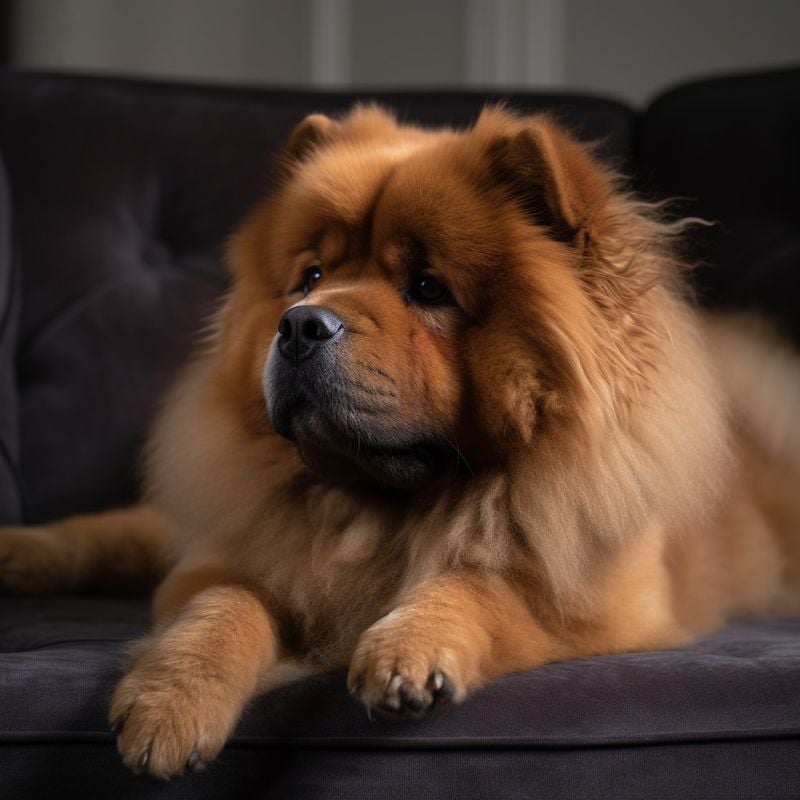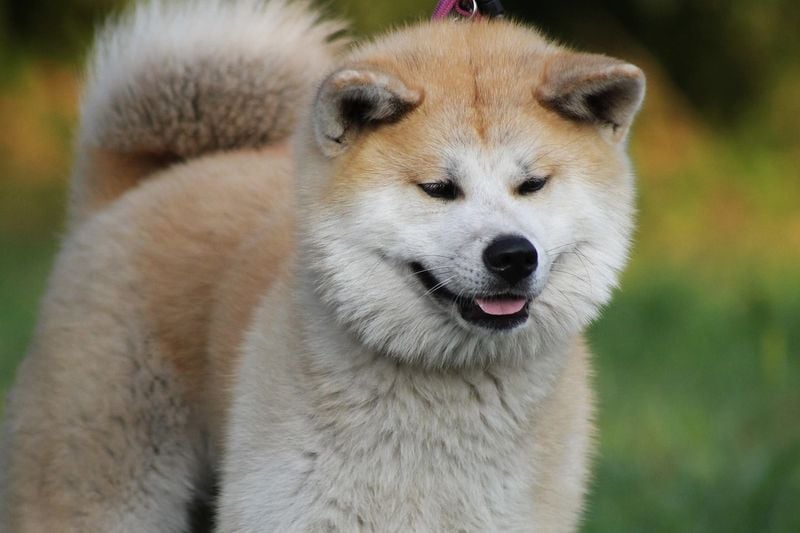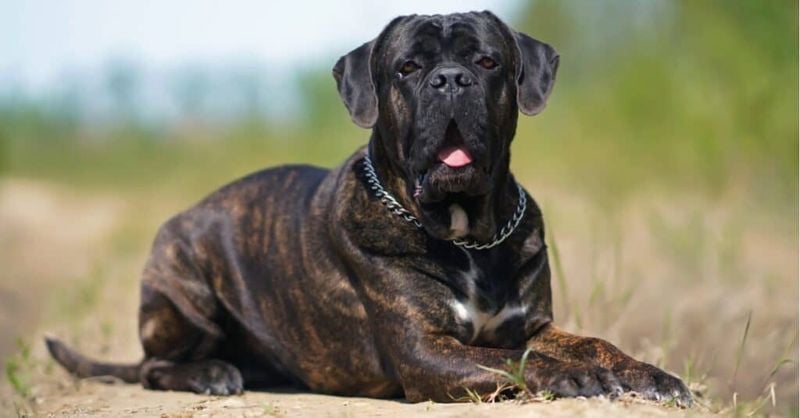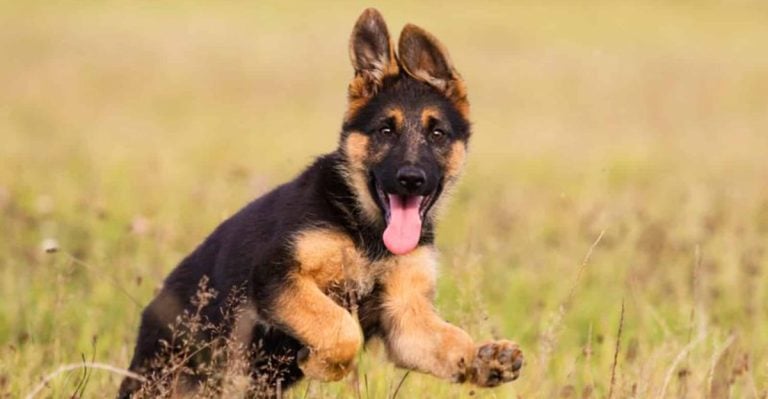Cute but Complicated: 16 Dog Breeds That Aren’t for Everyone
Dogs bring joy, companionship, and endless love to our lives. But not all furry friends are created equal when it comes to care requirements. Some breeds, despite their adorable looks and loyal hearts, come with special challenges that make them unsuitable for first-time owners or certain lifestyles.
From sky-high energy levels and complex grooming routines to deep-seated guarding instincts or stubborn independence, these dogs often require experienced, committed handlers who can meet their unique needs. While every dog deserves a loving home, it’s essential to choose a breed that fits your schedule, environment, and temperament.
The goal isn’t to scare you away from these pups—in fact, many are among the most intelligent, devoted, and striking companions out there. But bringing one home without doing your homework can lead to frustration for both you and the dog, sometimes even resulting in rehoming or behavioral problems.
Before falling in love with a fluffy face, it’s worth understanding which breeds might need more than you can give. Whether you’re thinking about adding a new member to your family or just curious about which dogs require extra commitment, this list offers a clear-eyed look at 16 breeds that come with added responsibility.
1. Border Collie: The Canine Einstein Who Never Stops
Ranked among the smartest dogs in the world, Border Collies were bred to herd sheep across challenging terrain all day long. Their intelligence becomes problematic when they’re bored – expect your sofa cushions to suffer the consequences!
These dogs need jobs, not just exercise. A simple walk won’t cut it for these workaholics. They require mental challenges, agility training, and constant engagement.
Without proper stimulation, Border Collies often develop destructive behaviors and anxiety. Their herding instinct might also lead them to nip at children’s heels or chase cars, making them challenging for families without experience handling high-energy working dogs.
2. Siberian Husky: The Escape Artist With Endless Energy
Those striking blue eyes and wolf-like appearance make Huskies Instagram favorites. Behind that gorgeous facade lies a stubborn, independent spirit that can drive unprepared owners crazy. Originally bred to pull sleds across frozen tundras, these dogs have energy reserves that seem supernatural.
Huskies are notorious escape artists who can dig under or jump over fences with surprising skill. Their thick double coat means excessive shedding twice yearly – a phenomenon owners call “blowing coat” that transforms your home into a fur tornado.
Vocal and pack-oriented, they howl rather than bark and become destructive when left alone. Without miles of daily exercise, expect your furniture and yard to become their destruction outlets.
3. Chow Chow: The Fluffy Lion With a Guarded Heart
Resembling teddy bears with their lion-like manes and blue-black tongues, Chow Chows attract attention everywhere they go. Don’t let that cuddly appearance fool you – these ancient Chinese dogs maintain a dignified, aloof personality that puzzles many owners expecting an affectionate pet.
Fiercely loyal to their chosen person but suspicious of strangers, Chows require extensive socialization from puppyhood. Their territorial nature makes them excellent watchdogs but challenging house guests.
Grooming demands are substantial with their thick double coats. Health concerns include hip dysplasia and eyelid problems. Chows also have a stubborn streak that makes training a test of patience, requiring an owner who understands their cat-like independence and respects their boundaries.
4. Dalmatian: The Spotted Speedster With Special Needs
Forever linked with fire stations and Disney movies, Dalmatians capture hearts with their unique spotted coats. The reality of owning these dogs extends far beyond their distinctive appearance. Athletic and built for endurance, they were bred to run alongside horse-drawn carriages for miles.
Without proper exercise channels, their energy transforms into destructive behaviors. Dalmatians can be stubborn during training and sometimes show aggression if not properly socialized. Many are prone to deafness – about 30% have hearing impairments in one or both ears.
They’re also predisposed to urinary stones due to unique uric acid metabolism. Their short coat might seem low-maintenance, but they shed constantly, leaving white hairs on everything you own. These spotted speedsters need experienced owners with active lifestyles.
5. Akita: The Dignified Guardian With Strong Opinions
Hailing from Japan, Akitas command respect with their powerful presence and noble bearing. These dogs formed deep bonds with their chosen families but approach the rest of the world with reserved suspicion. Their protective nature makes them excellent guardians but challenging to socialize.
Akitas possess strong prey drives, making them potentially dangerous around smaller pets. Their thick double coat requires regular brushing, and they’re notorious for blowing their undercoat seasonally, creating fur snowstorms throughout your home.
Independent thinkers by nature, Akitas aren’t people-pleasers like retrievers. They require confident, consistent handling from someone who understands their dignity shouldn’t be challenged. Without proper training, their protective instincts can escalate to aggression, especially toward unfamiliar dogs of the same sex.
6. Jack Russell Terrier: The Pocket-Sized Powerhouse
Don’t let their small size fool you – Jack Russells pack the energy of dogs three times their size into compact, muscular bodies. Originally bred for fox hunting, these terriers maintain an intense prey drive that sends them bolting after squirrels, cats, or anything that moves quickly.
Their intelligence combines with stubborn determination to create training challenges. Jack Russells become easily bored and destructive without proper mental and physical outlets. They’re notorious diggers and can jump surprisingly high, making yard containment difficult.
Their barking can become problematic in apartments, and many display territorial aggression toward other dogs despite their size. These tenacious terriers typically live 13-16 years, making them a long-term commitment requiring consistent training, exercise, and engagement throughout their lengthy lifespan.
7. Weimaraner: The Gray Ghost With Separation Anxiety
Aristocratic in appearance with their sleek silver-gray coats and piercing eyes, Weimaraners were bred as hunting companions for German nobility. Their elegance masks an intensely clingy personality – these dogs form such strong attachments to their people that they often suffer severe separation anxiety when left alone.
Expect destroyed doorframes, howling that upsets neighbors, and escape attempts that seem impossible. Their hunting heritage means high prey drive and energy levels requiring substantial daily exercise.
Weimaraners remain puppyish well into adulthood, often not maturing until 3-4 years old. Their intelligence makes training both essential and challenging – they quickly learn commands but also how to manipulate situations to their advantage. These velcro dogs need owners who can provide near-constant companionship and understand their sensitive nature.
8. Australian Cattle Dog: The Tireless Worker With Nipping Tendencies
Developed to drive cattle across Australia’s harsh outback, these dogs bring unmatched work ethic and intelligence to everything they do. Their mottled blue or red coats hide bodies built for endurance in challenging conditions. Without proper outlets, their herding instincts translate to nipping at children’s heels or chasing moving vehicles.
Cattle Dogs form intense bonds with their primary person while remaining somewhat aloof with others. Their problem-solving abilities can become problematic when bored – they’ll rearrange your furniture, figure out cabinet locks, and create their own entertainment.
These dogs thrive with jobs and structure, not just physical exercise. They need mental challenges daily. Their legendary toughness means they often hide injuries and illness, making health monitoring challenging. Expect a 12-15 year commitment to a dog that never stops thinking and moving.
9. Bulldog: The Charming Snorer With Medical Bills
With their squishy faces and rolling waddle, Bulldogs melt hearts wherever they go. Their comical appearance and gentle temperament hide a breed plagued by health issues. That adorable flat face causes breathing difficulties, making them prone to heat stroke even in mild weather.
Skin infections develop in those cute wrinkles without daily cleaning. Their barrel-shaped bodies and narrow hips mean most Bulldogs require expensive C-sections to deliver puppies. Expect significant veterinary costs throughout their lives.
Despite their tough appearance, Bulldogs are sensitive souls who bond deeply with their families. They’re generally low-energy after puppyhood but require special care during exercise to prevent overheating. Their stubborn streak makes training challenging, requiring patience and consistency. For the right owner, their affectionate nature and clownish personality make the medical concerns worthwhile.
10. Belgian Malinois: The Military-Grade Workaholic
Often mistaken for German Shepherds, Malinois have skyrocketed in popularity after appearing in movies and military news stories. These dogs serve as elite military and police K9s for good reason – their work drive, intelligence, and athletic abilities are unmatched. Without proper channels, these same qualities become devastating in average homes.
Malinois need jobs, not just exercise. Their intensity means they don’t have an off switch without training. They bond fiercely with their handlers but can be aloof or suspicious with strangers.
Their bite strength and lightning-quick reflexes require responsible ownership and continuous training. Boredom leads to destructive behaviors that can damage your home and possessions. These dogs excel in working roles but struggle as simple companions without experienced handlers who understand their need for structure, training, and purpose.
11. Shar-Pei: The Wrinkled Warrior With Skin Issues
Famous for their wrinkly skin and blue-black tongues, Shar-Peis capture attention with their unique appearance. Originally bred as fighting dogs in China, they maintain an independent, sometimes stubborn personality that challenges inexperienced owners. Their trademark wrinkles require regular cleaning to prevent painful skin infections.
Many Shar-Peis suffer from food allergies and a condition called Shar-Pei Fever, a serious inflammatory disorder. Their naturally guarded nature with strangers requires early socialization to prevent aggression issues.
These dogs form strong bonds with their families but aren’t typically demonstrative with their affection. Their history as guardian dogs makes them naturally suspicious and territorial. Training requires consistency and understanding of their dignified nature – harsh methods backfire with this sensitive yet strong-willed breed that never forgets a slight.
12. Cane Corso: The Powerful Guardian With Intimidating Presence
Descended from Roman war dogs, Cane Corsos impress with their muscular builds and dignified demeanor. These massive Italian mastiffs can weigh up to 120 pounds of solid muscle. Their protective nature makes them excellent guardians but potentially dangerous without proper socialization and training from puppyhood.
Corsos bond deeply with their families while remaining aloof and sometimes suspicious of strangers. Their imposing size means even friendly jumping can knock over children or elderly family members. Early training is essential – trying to physically control an adult Corso is nearly impossible.
They require moderate exercise but their size creates challenges in smaller homes. Their short coat sheds constantly despite its appearance. Responsible ownership includes understanding their guardian instincts and managing interactions with visitors. These majestic dogs thrive with confident handlers who provide clear boundaries and consistent leadership.
13. Afghan Hound: The Glamorous Diva With High-Maintenance Hair
Gracing fashion magazines with their flowing silky coats and regal profiles, Afghan Hounds epitomize canine elegance. Behind that glamorous exterior lies a sensitive, independent spirit with ancient sighthound heritage. Their stunning coat requires hours of weekly maintenance – expect to spend significant time brushing, bathing, and preventing mats.
Afghans maintain an aloof, dignified demeanor even with their owners. They’re not typically cuddly or eager to please. Their hunting background gives them strong prey drive – small animals trigger their chase instinct, and their recall becomes non-existent when pursuing something interesting.
Training challenges stem from their independent thinking and short attention span for repetitive tasks. They’re surprisingly athletic despite their elegant appearance, requiring space to run safely enclosed. These aristocratic dogs match best with patient owners who appreciate their cat-like independence and don’t expect demonstrative affection.
14. Beagle: The Nose-Driven Escape Artist
Those floppy ears and soulful eyes make Beagles irresistible to many prospective dog owners. Their friendly, happy-go-lucky personalities hide a stubborn streak that can frustrate even experienced handlers. Bred to track rabbits, Beagles follow their noses with single-minded determination that overrides training and commands.
Their howling can reach impressive volumes, making them poor apartment dogs. Escape artist tendencies mean your yard must be secure – they’ll dig under, climb over, or squeeze through the smallest gaps when pursuing interesting scents.
Food motivation leads to counter surfing and garbage raiding if given any opportunity. Their perpetually hungry nature makes weight management challenging. Beagles typically remain puppyish well into adulthood, requiring patience and consistent training. Despite these challenges, their affectionate nature and comic personalities make them beloved companions for those prepared for their scent-driven adventures.
15. Great Dane: The Gentle Giant With a Short Lifespan
Towering over most other breeds, Great Danes command attention with their impressive stature and dignified presence. Despite their intimidating size, they’re known as “gentle giants” with sweet, affectionate temperaments. Their size creates practical challenges – everything costs more, from food to medications to crates and beds.
Heartbreakingly, these magnificent dogs typically live just 7-10 years. Heart disease, bloat, and joint problems plague the breed. Their slow maturation means puppyhood lasts two full years – that’s two years of a dog the size of a small horse with puppy energy and coordination.
Danes need space but don’t require extensive exercise. Their tails become unintentional wrecking balls in homes with breakables. Counter surfing happens without effort – nothing is out of reach. Despite these challenges, their loving nature and noble presence make them beloved companions for those prepared for their special needs.
16. Shiba Inu: The Cat-Like Canine With Attitude
Their cleanliness and fastidious nature extends to potty training, but their stubborn streak makes other training challenging. Famous for the “Shiba scream” – a high-pitched vocalization when displeased – they express opinions dramatically.
Strong prey drive means they can’t typically be trusted off-leash, and they often show aggression toward other dogs despite proper socialization. Shibas shed profusely twice yearly, releasing their undercoat in tufts throughout your home. While loyal to their families, they’re not velcro dogs seeking constant affection. These ancient Japanese dogs require owners who appreciate their spirited independence rather than trying to change it.





















